I’ve always loved Rufino Tamayo as an artist and a muralist. Little did I know he was also an avid art collector of Mesoamerican Art. During my stay in Oaxaca, I visited the Tamayo Museum of Pre-Columbian Art of Mexico and was blown away by the throve of ancient archeological artifacts collected by Tamayo and gifted to the city he was born in. This avant-garde modern artist has two museums named after him for good reason, leaving behind a legacy unequal to most artists of his era…
Who is Rufino Tamayo?
Rufino Tamayo was born in 1899 in Oaxaca, both poor and an orphan, and died at 92 in 1991. During his life journey, Tamayo had become an internationally known artist and muralist. Among the many artists of his era, he collaborated with Pablo Picasso, whose work he deeply admired. In fact, in many of Tamayo‘s paintings and graphics, you can see Picasso’s influence. What is different about Tamayo’s works when compared with Picasso is how he has combined abstraction with an indigenous motif of his cultural roots aligned with Mexico’s history.
Many of Tamayo’s works also reflect an urban theme, having resided in New York City for over a decade, coupling his experiences both in the US and in Mexico to create modern abstract paintings that are rooted in indigenous culture. Besides paintings, Tamayo was also a prolific print maker having one of the largest assemblages of graphic prints, over 380 editions of prints. This is how I became aware of his work, having seen many of his prints that capture primitive, sometime mystical, supernatural images reflective of his indigenous roots. I especially love his many versions of pre-Hispanic dogs and watermelons, among many other images of Mexican culture.
Tamayo was also a muralist, having completed over 20 large-scale murals. Duality the battle between two Aztec gods, is one of his most recognized and iconic murals held at the National Museum of Anthropology in Mexico City. I plan to visit along with other museums that have many of his works. For those who are not familiar with Tamayo’s artistry, click here for a chronology of his art works from 1920-1990
Tamayo, the Resolute Collector
Tamayo and his wife Olga were also avid collectors of pre-Columbian artifacts and of modern paintings. Tamayo’s commitment to his identity and culture went beyond his artistry. Earlier in his career, he was exposed to pre-Hispanic archeology and developed an affinity for Mexican ancient civilizations reflected in much of his works. By the 60s, both Tamayo and his wife began acquiring a collection of both pre-Columbian artifacts and international contemporary art works. The goal was a deep desire to provide the Mexican public with the opportunity to view these works. His vast collection of art works became an opportunity for the founding of two important museums.
The Museo Tamayo Arte Contemporáneo in Mexico City, which focuses mostly on 20th century art, including many of Tamayo’s works. As founder, Tamayo planned and worked on the design of the building consistent with his vision, ensuring the museum’s longevity by also establishing a foundation that bears the couple’s names.
The Museo de Arte Prehispanico Rufino Tamayo in Oaxaca, also founded by Tamayo, is probably one of his most enduring legacies. Tamayo’s passion for pre- Colombian art became an obsession, collecting artifacts he believed should remain in Mexico and not exported through legal or illegal means. He had amassed over 1000 artifacts ranging from the following Mesoamerican civilizations: Mayans, Aztecs, Olmecs and Oaxaca’s Zapotecos and Mixtecos. Much of this collection was also a source of inspiration, that is seen in many of his works.
The state of Oaxaca donated an eighteenth-century colonial house, La Villarraza, located in the historic center of the city of Oaxaca, redesigned by Tamayo, for multiple uses in education. Its most important use is being a permanent home for over 800 sculptural pieces of Mesoamerican art. Presently, only about 300 pieces of artifacts are on exhibit using the colors of a painter’s palette as a background for displaying these masterpieces. Tamayo was very persistent that he did not want these works to be solely viewed as archeological pieces. From his perspective, these were works of art created by artists from ancient civilizations, and he took great care to display them as art.
As you enter this old colonial building, you are struck by the modern presentation of these beautiful sculptural pieces of all sizes, some as old as 1250 BC, displayed in an array of colors. The sculptures are quite magnificent, spiritual and a bit celestial. Some may actually remind you of characters from Star Wars. As I walked through each room, I found the exhibition uniquely different from anything I have seen. You walk away both amazed and inspired by both the art and the man. (If interested in learning more about Rufino Tamayo’s life, click here.)
Final Note
Honestly, if you are visiting the City of Oaxaca, you must put this on your to do list. You will thank me for it later. This gift given to the city of Oaxaca and to the world is truly what makes Rufino Tamayo an avant-garde artist, a visionary and a protector of “the ancient roots of Mexican artistic expression”.
I have listed 30 photos of the 300+ masterpieces from all six rooms. I also included several of Tamayo’s paintings from a small museum in Puebla. As always, remember to click the center of the photo for a full view.






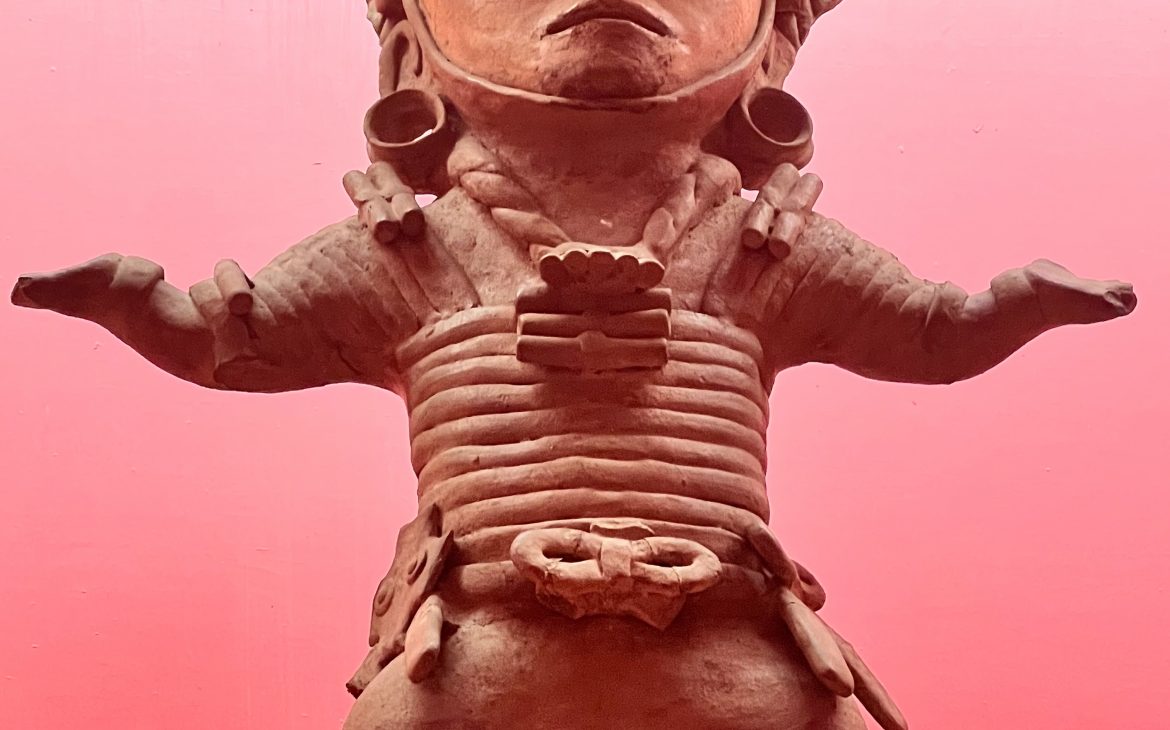
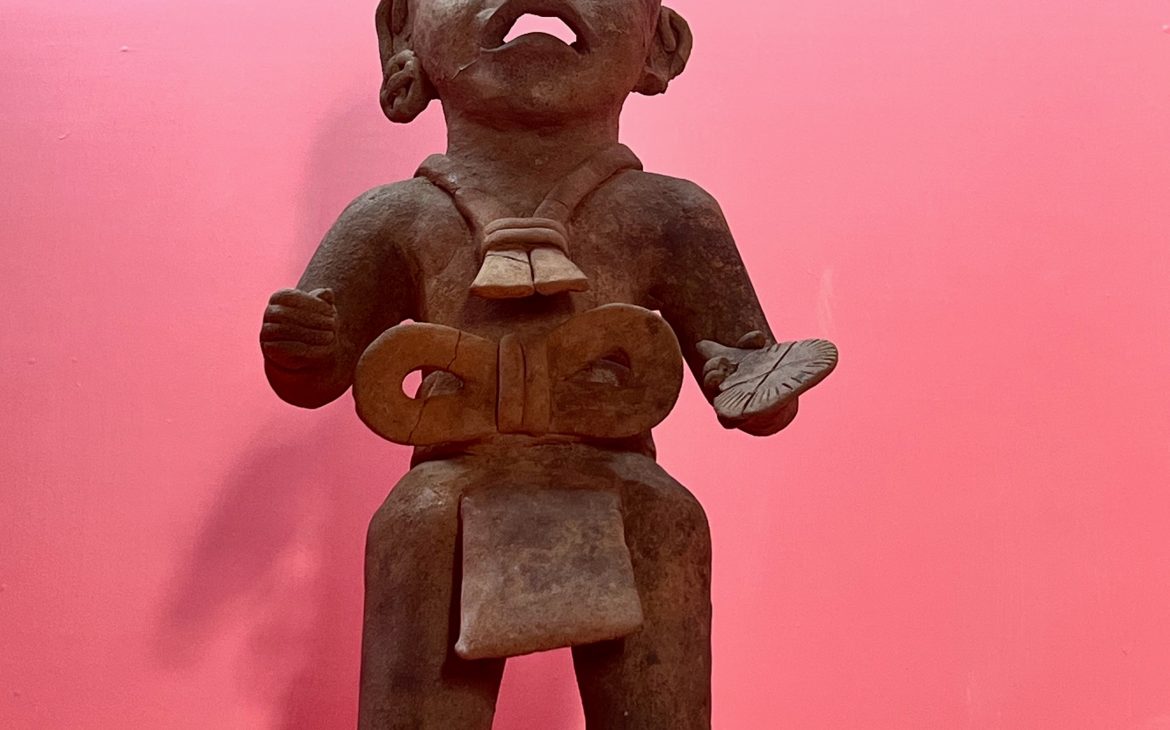
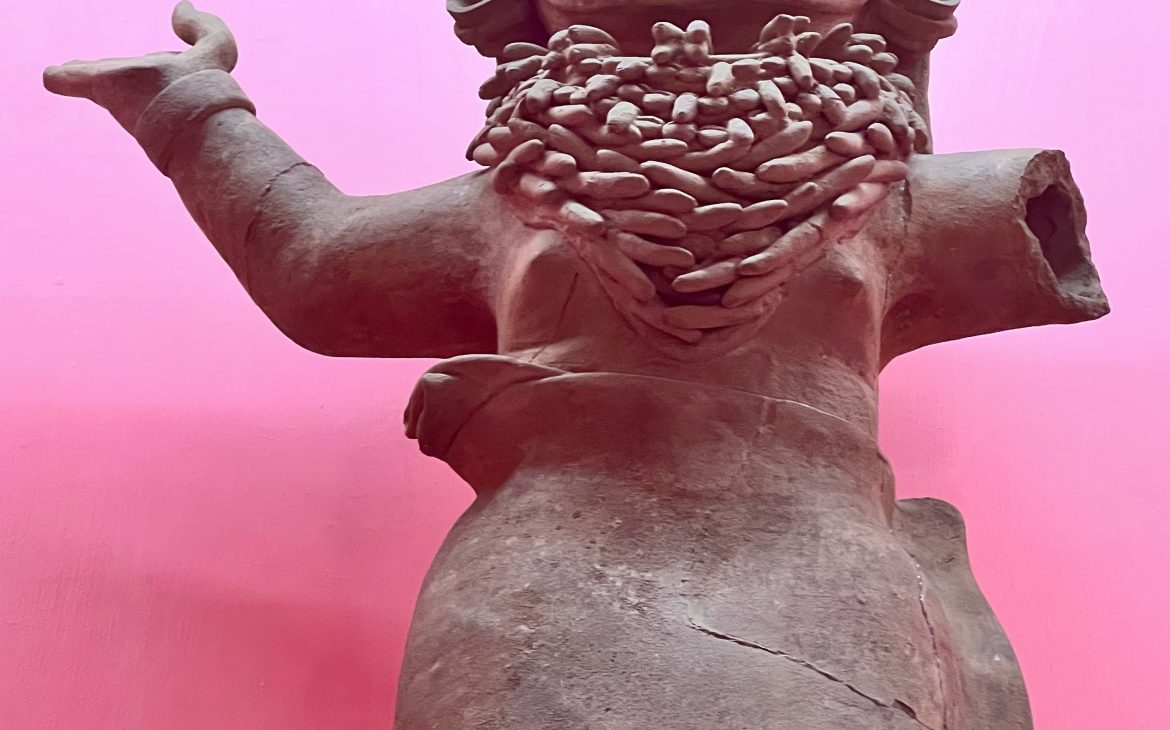
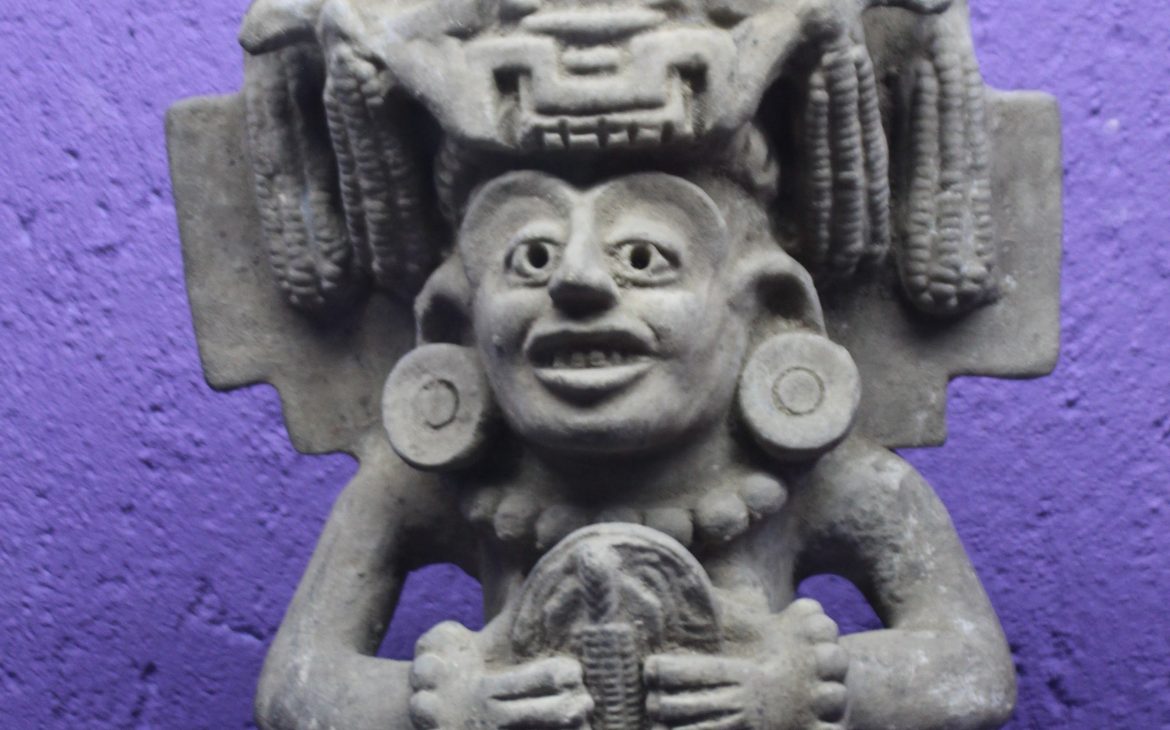
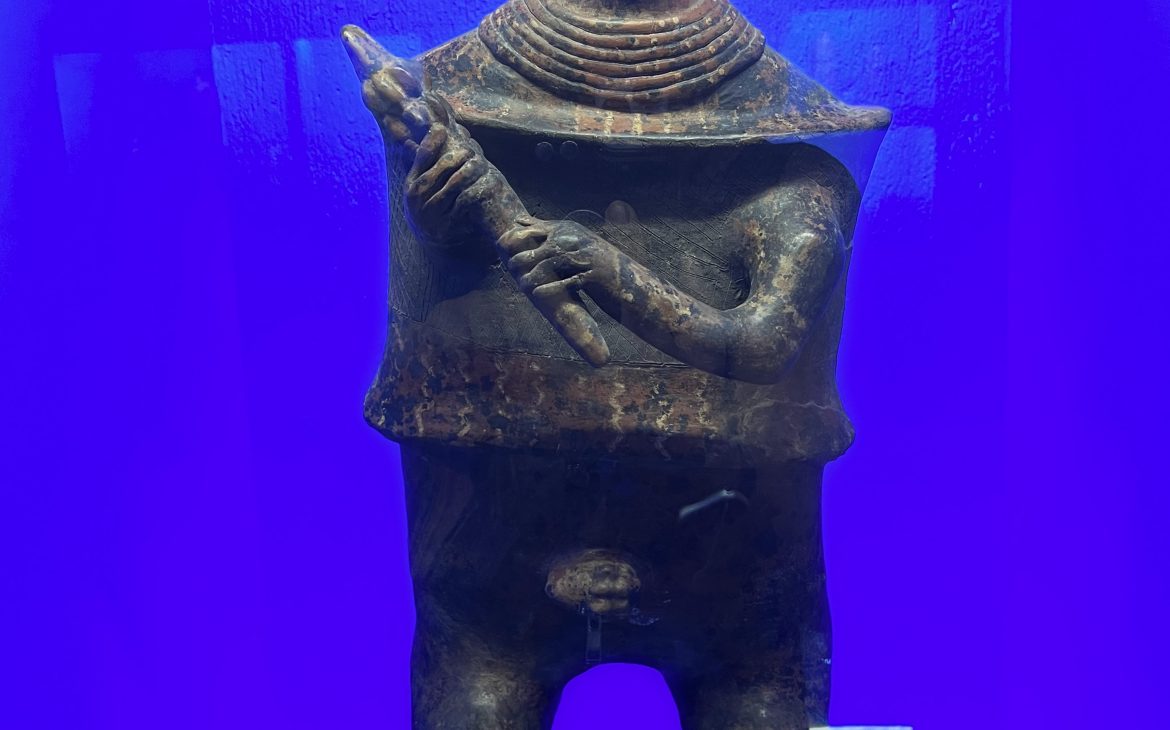
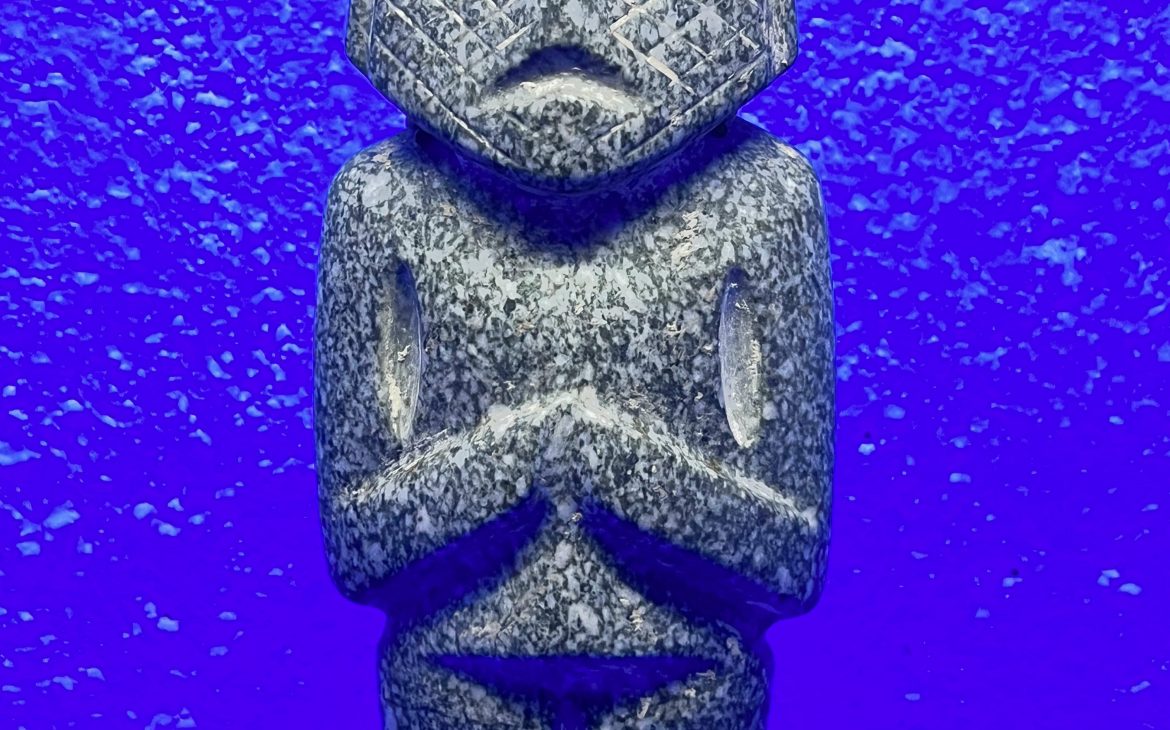
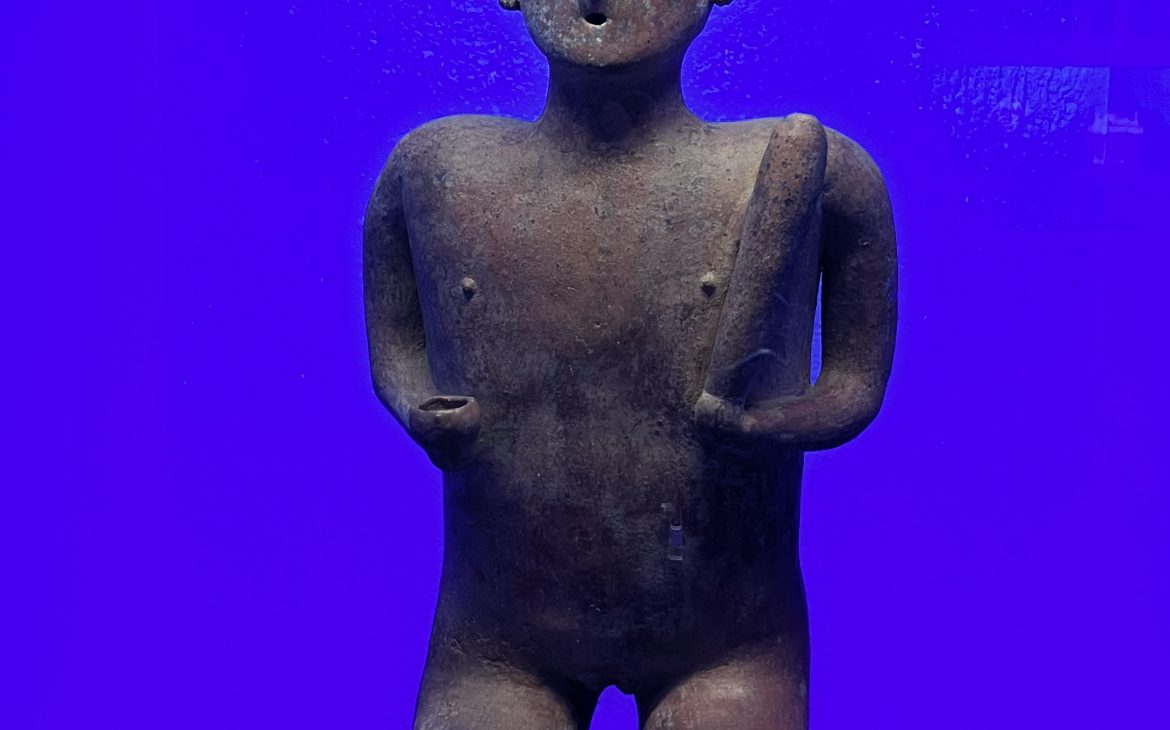
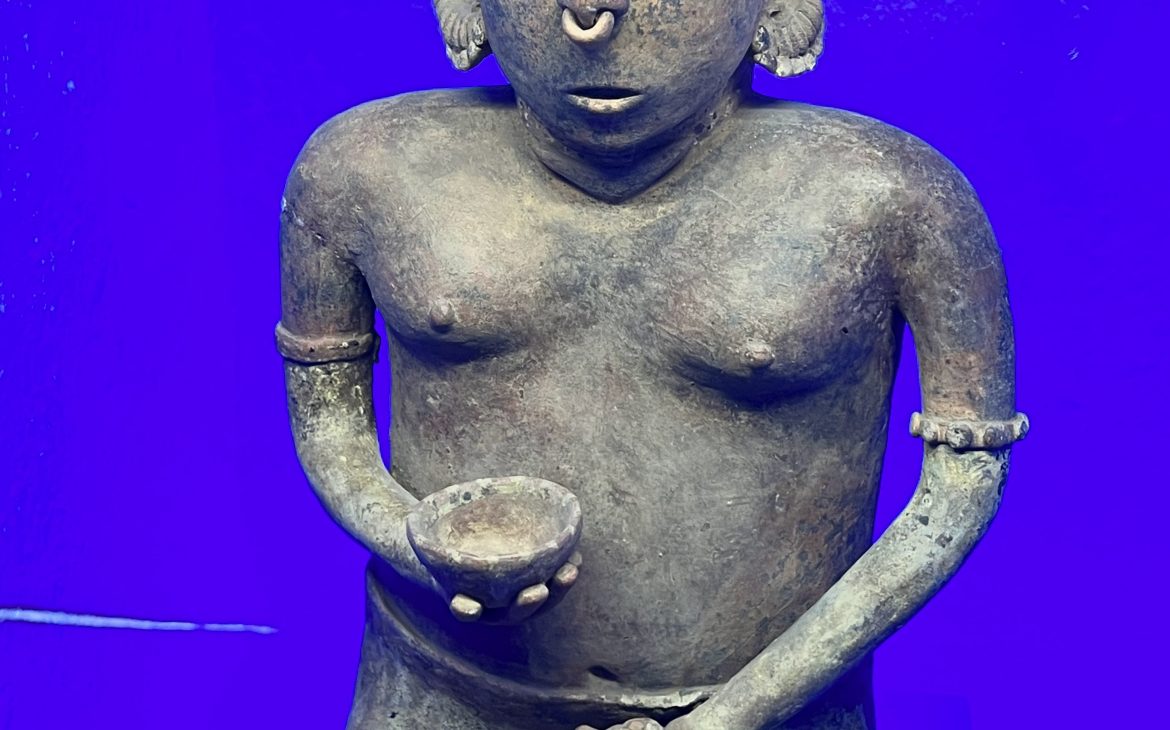
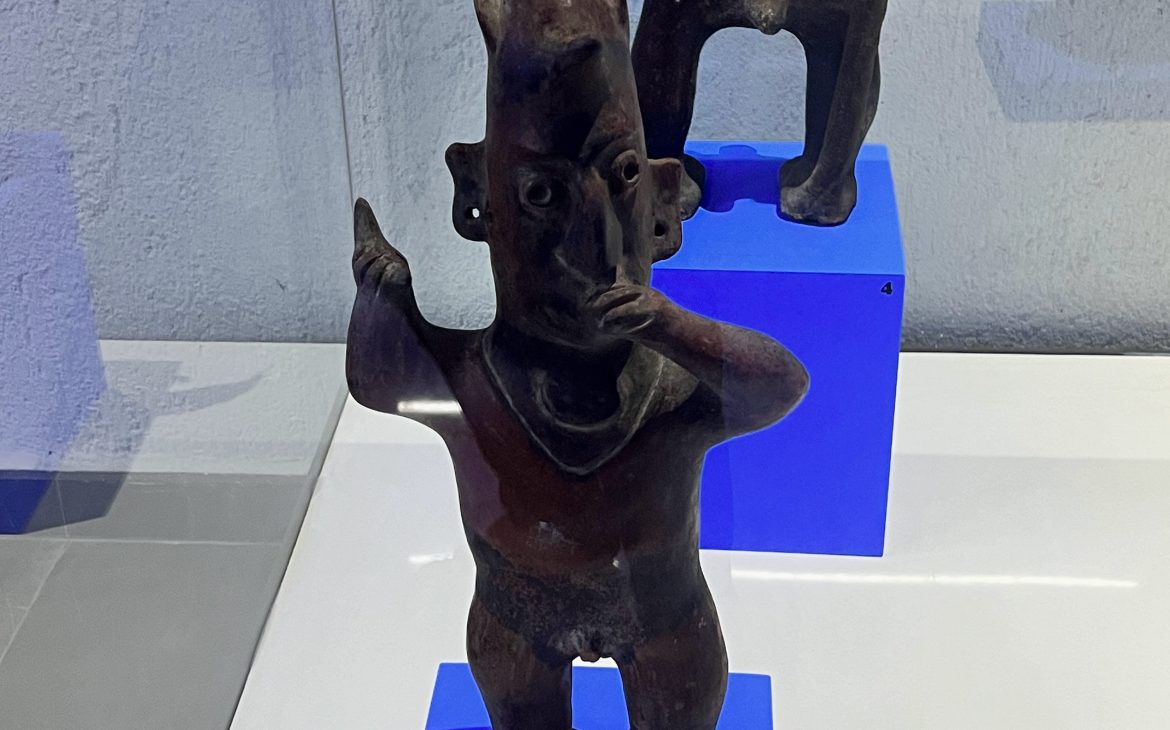
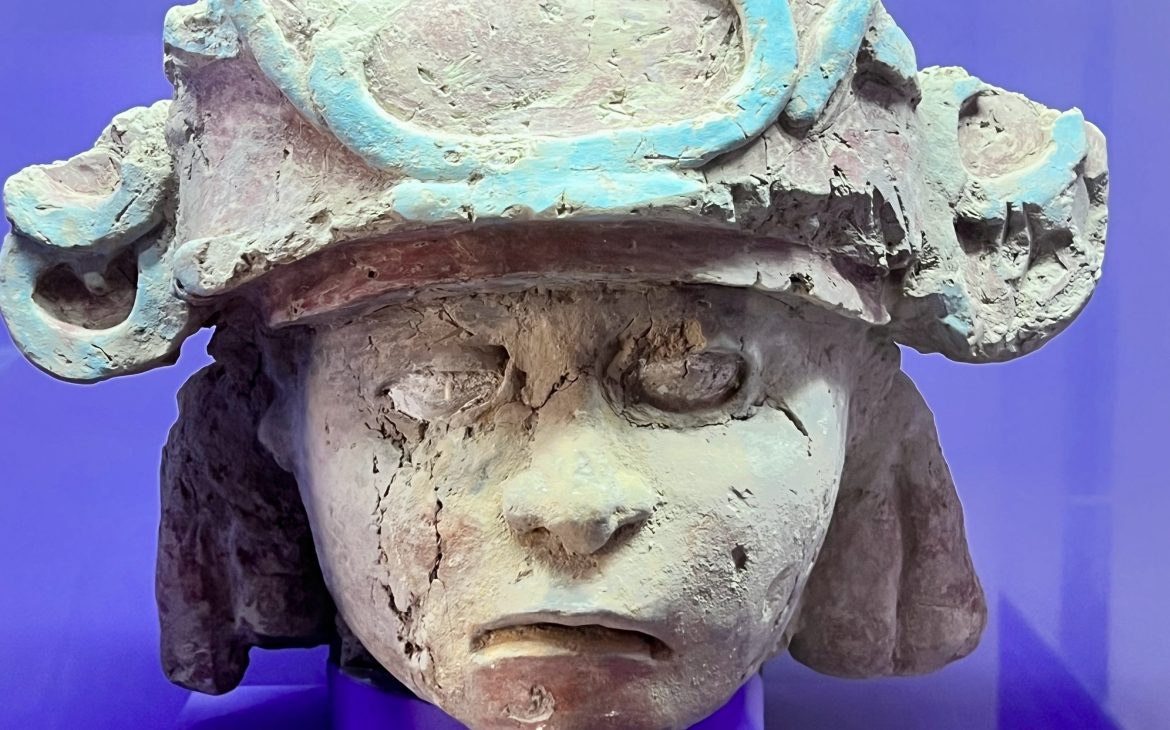
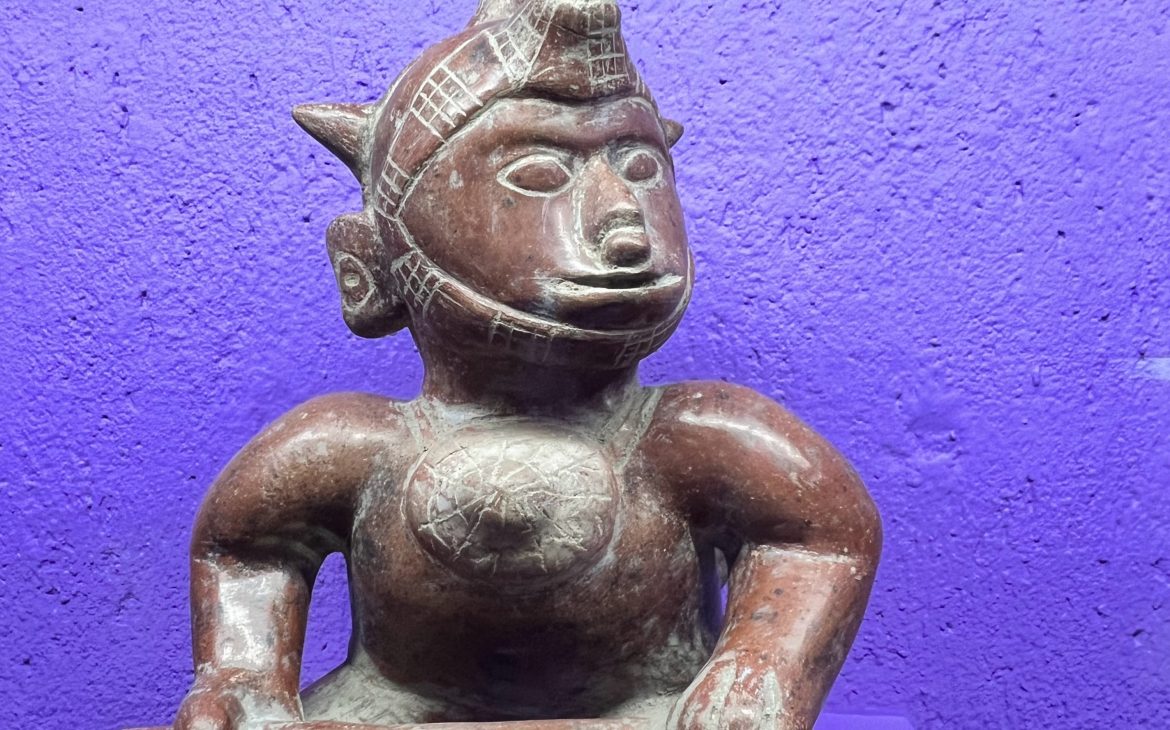
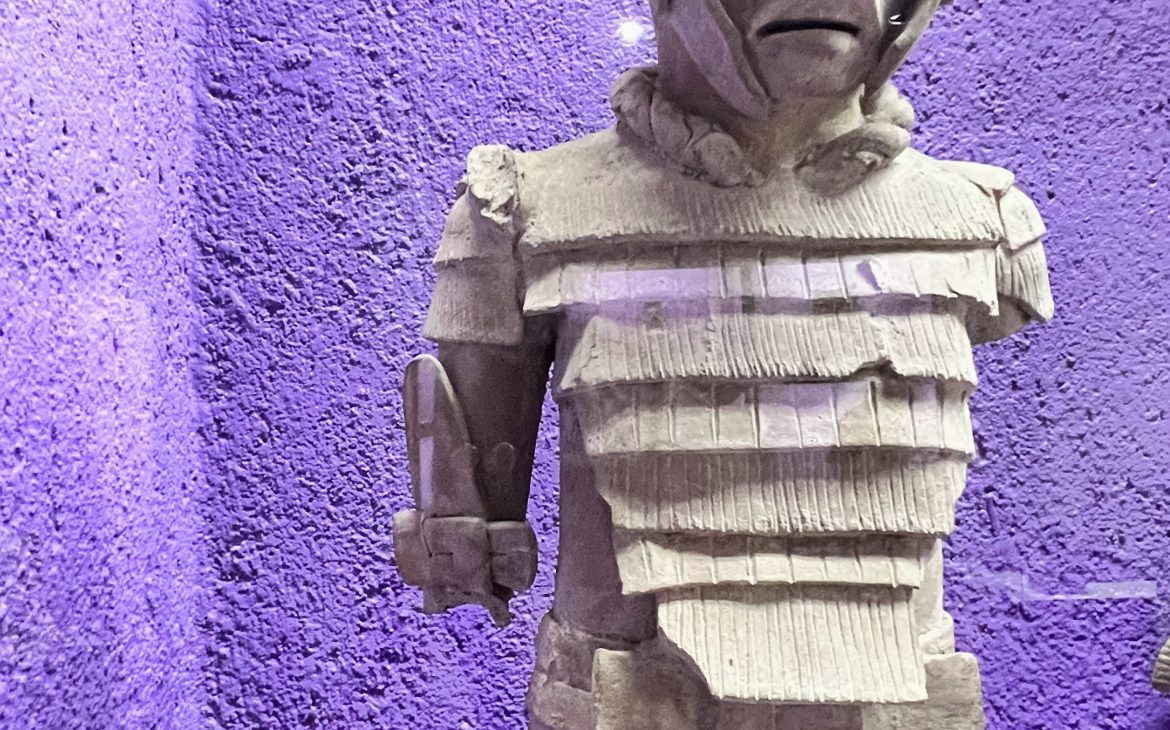
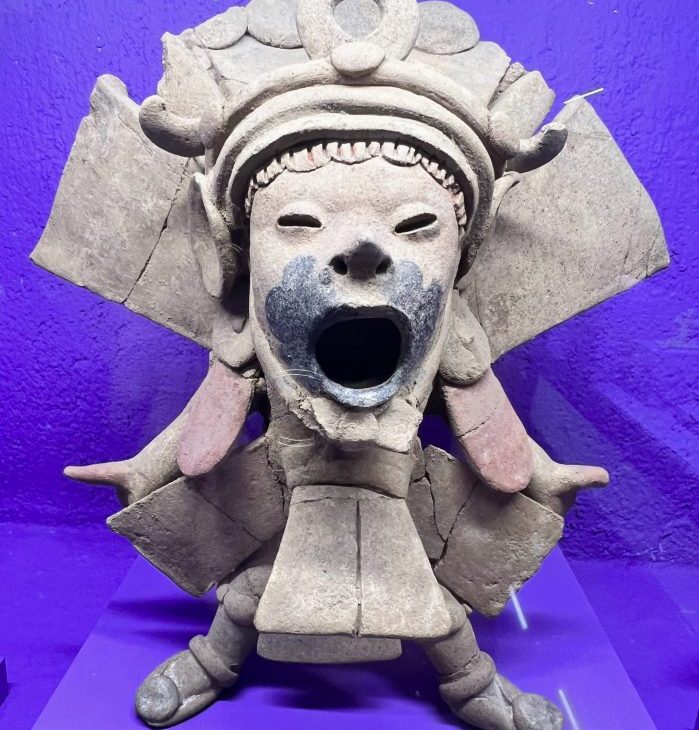
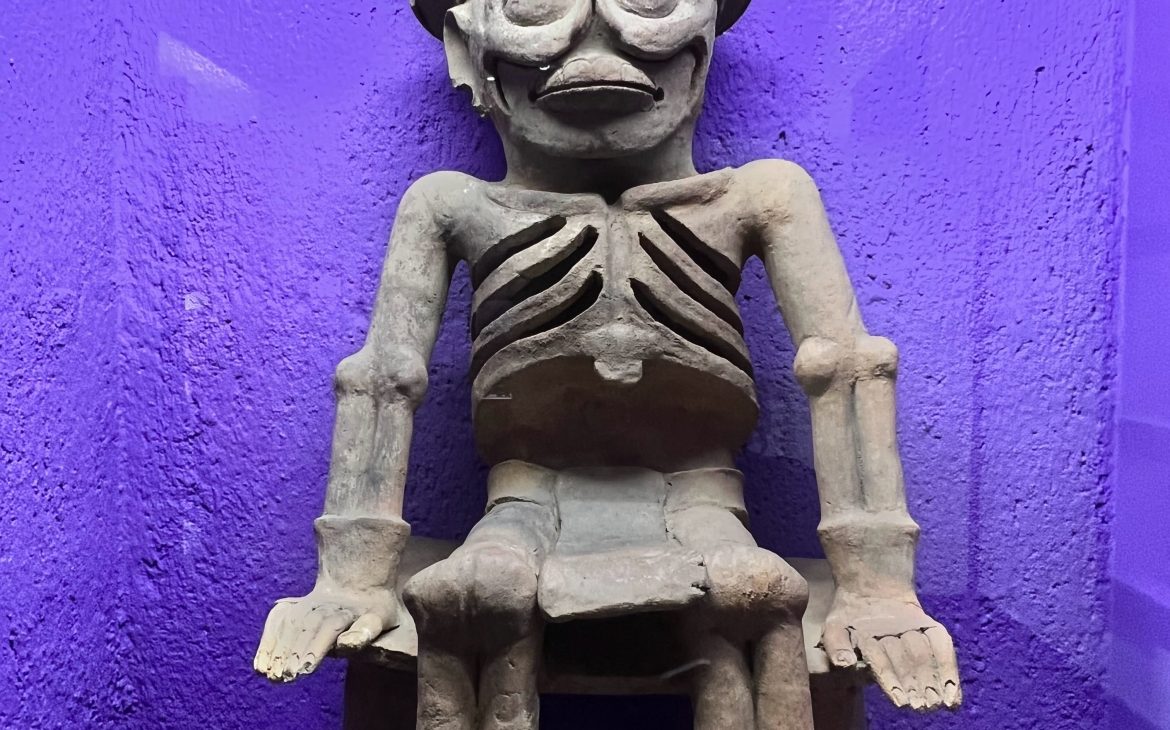
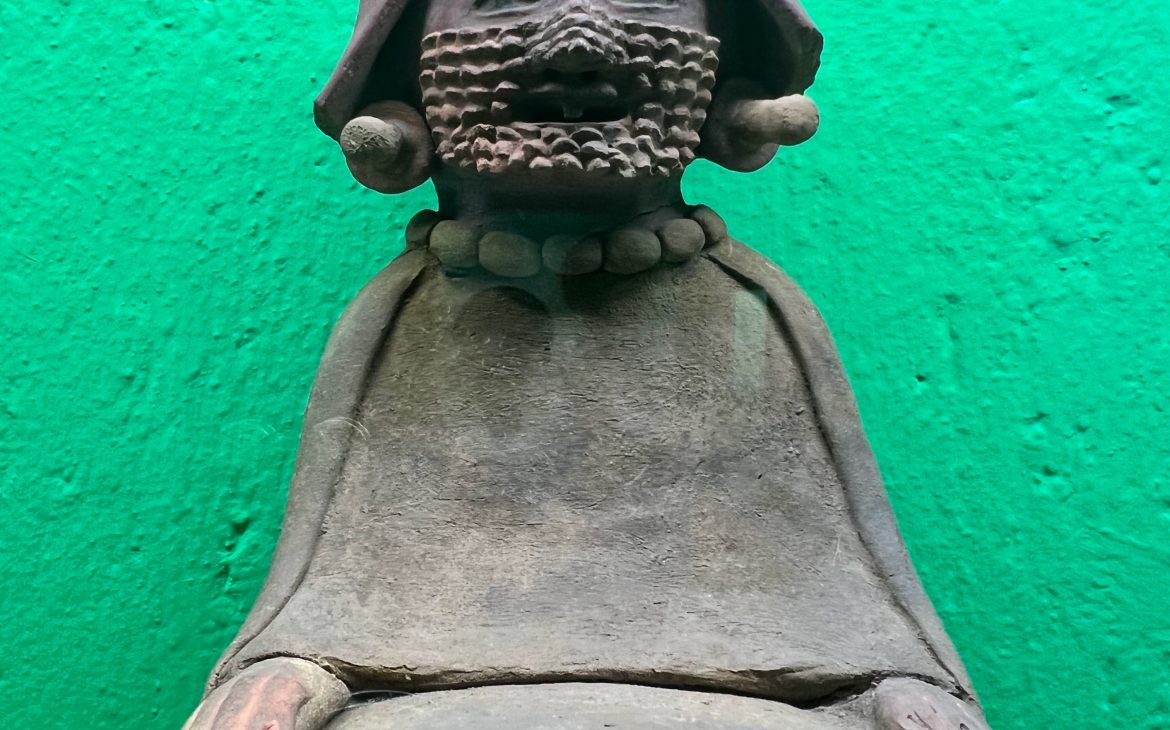
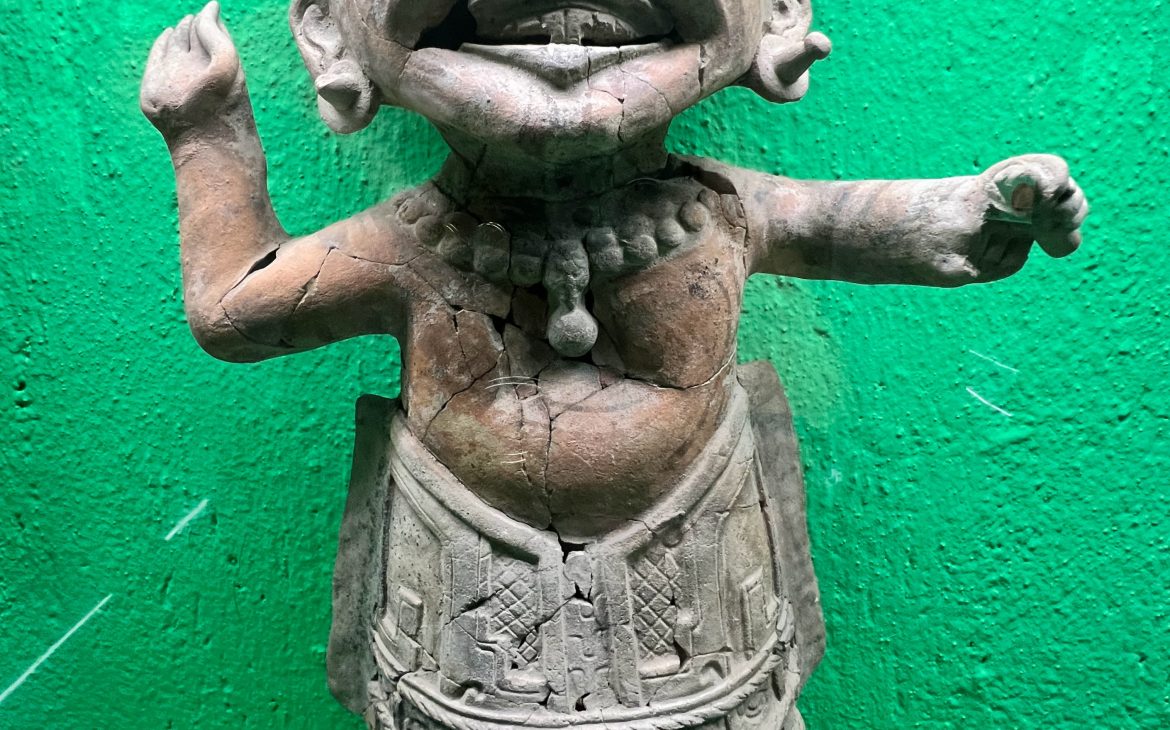
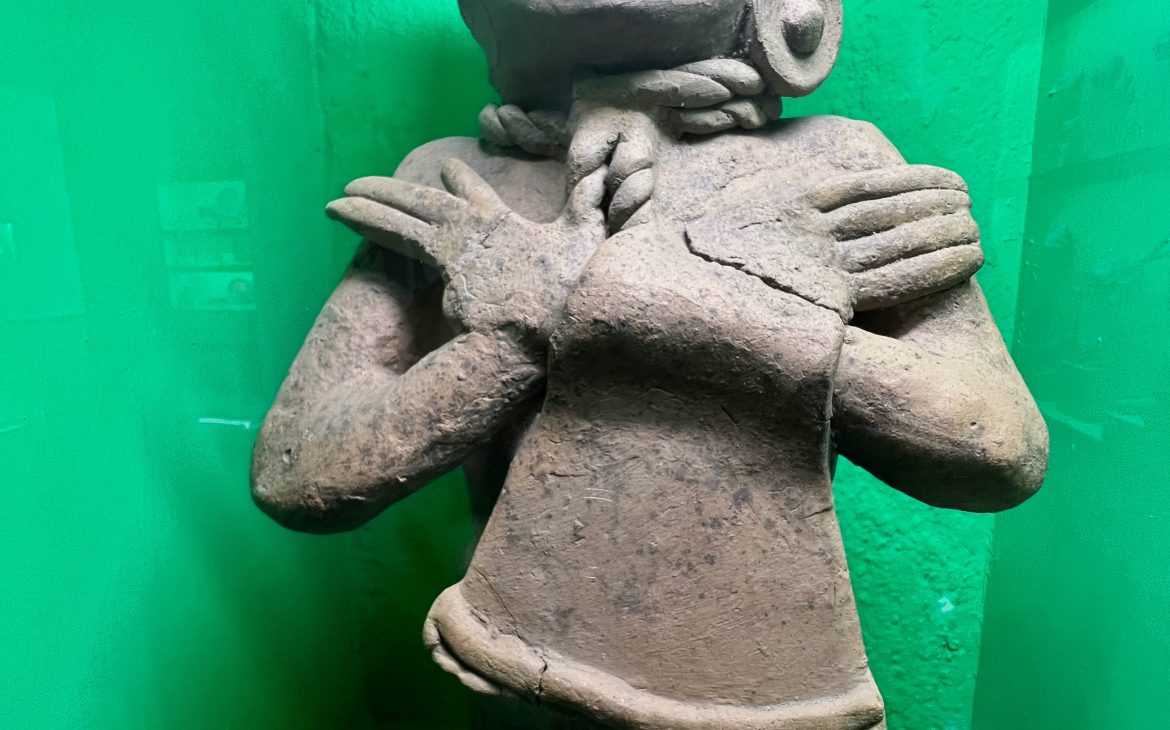
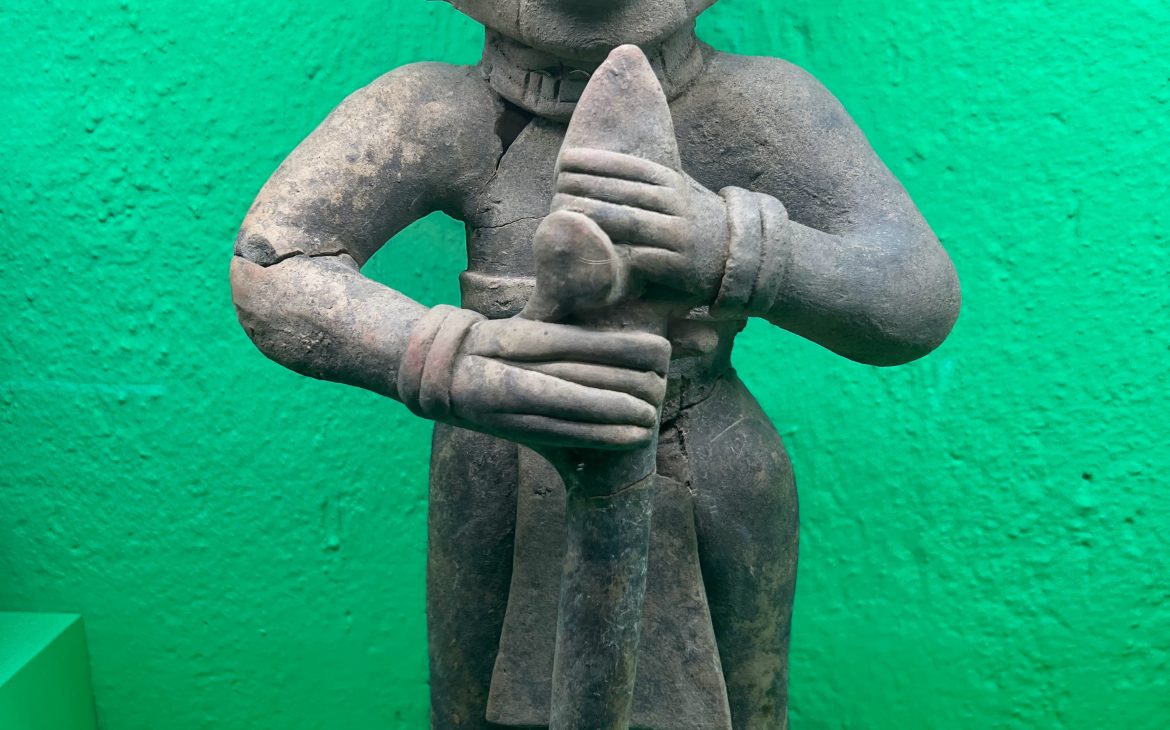
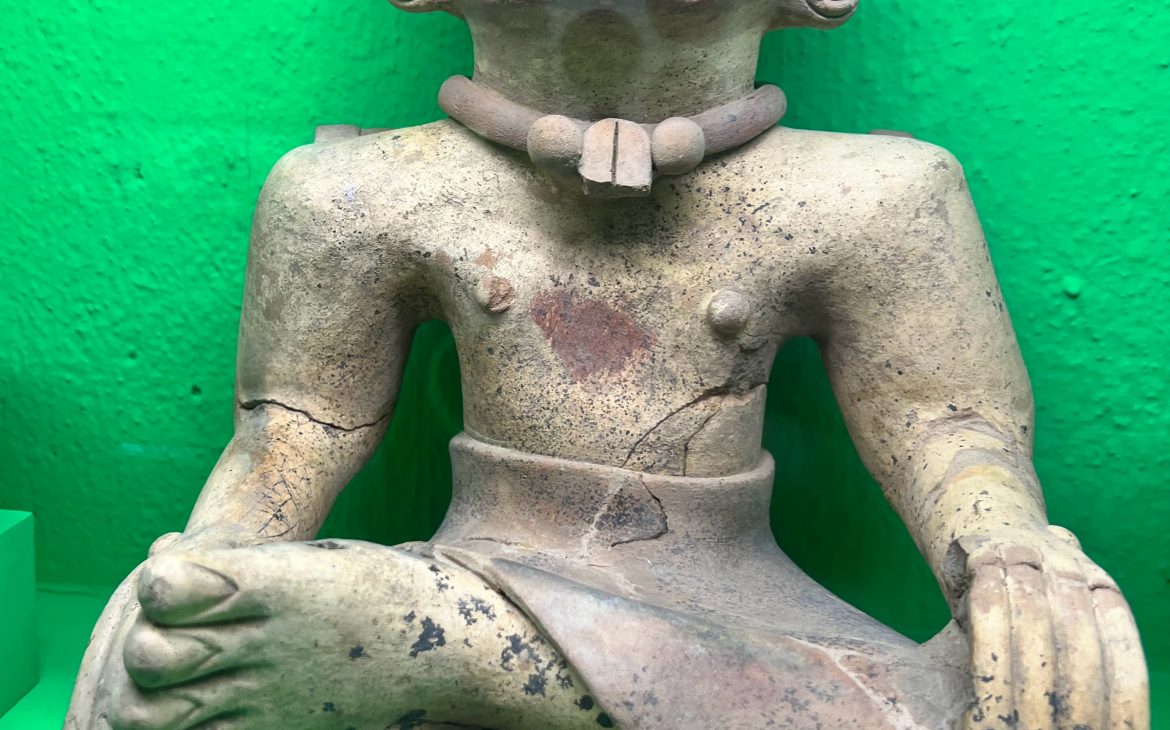
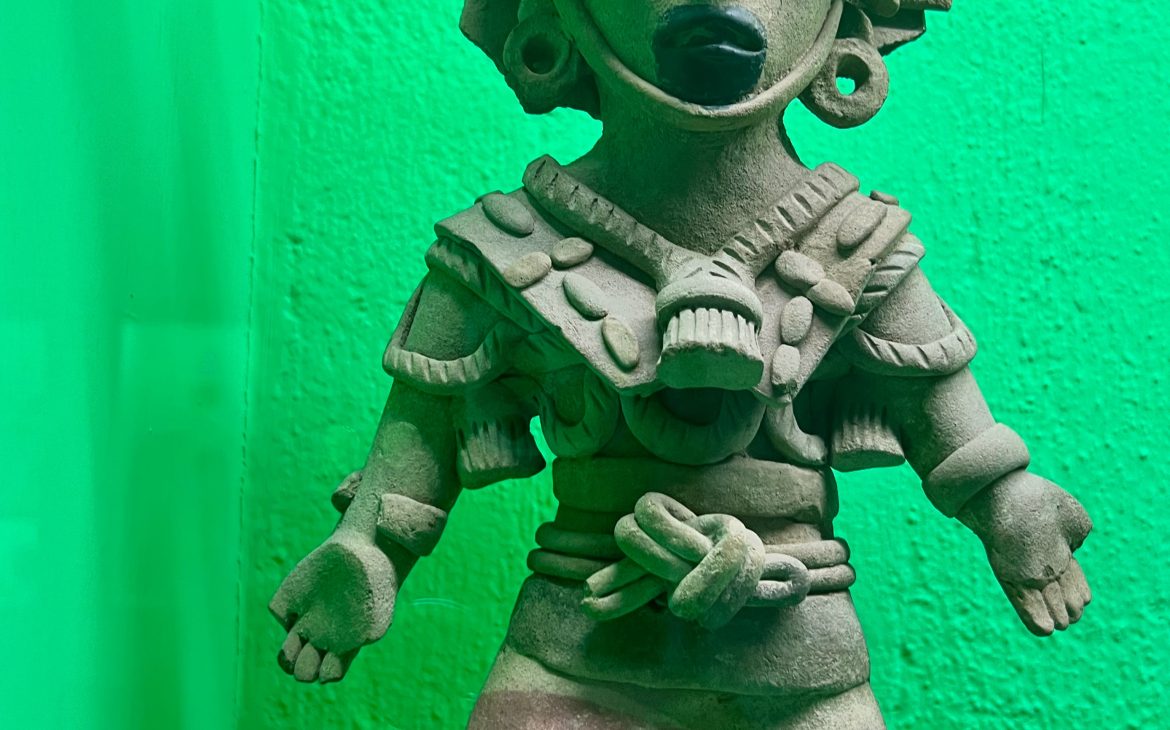
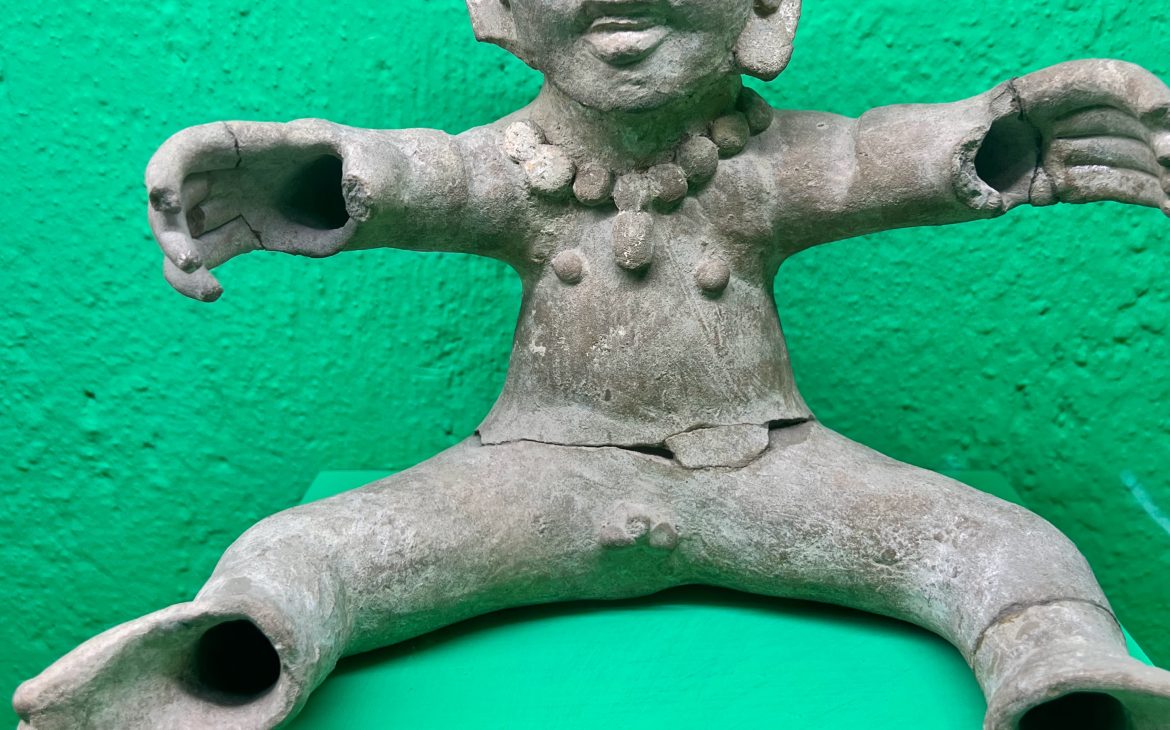
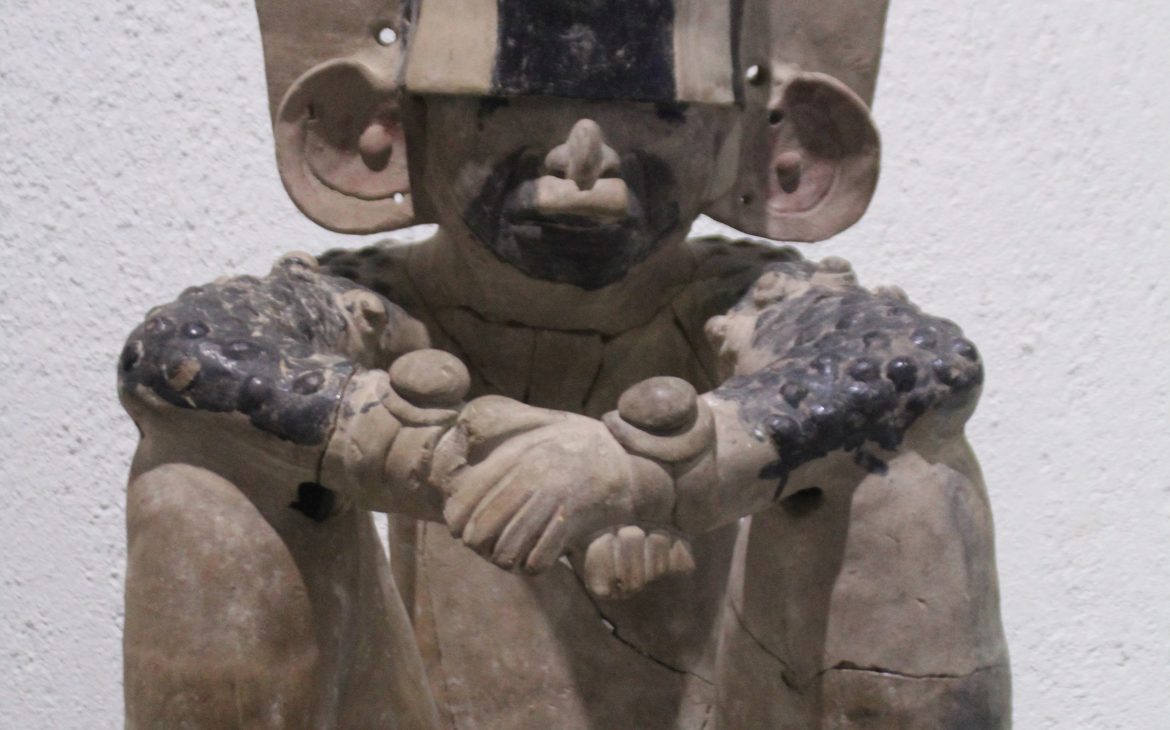
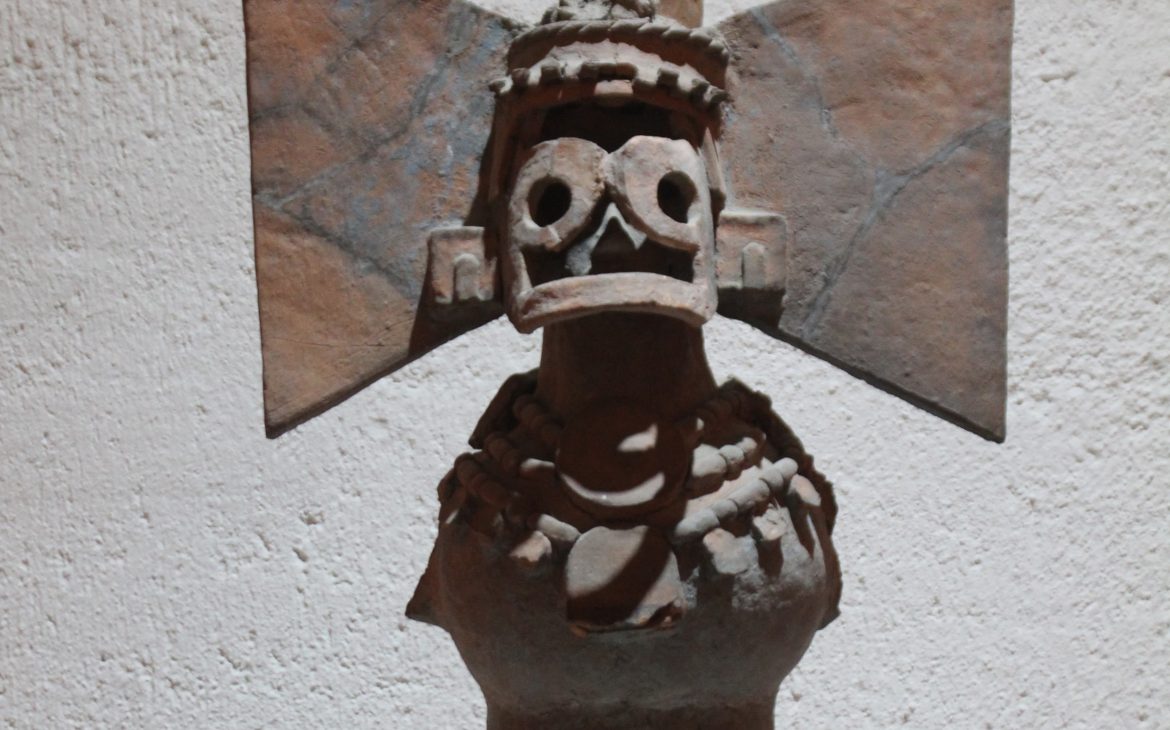
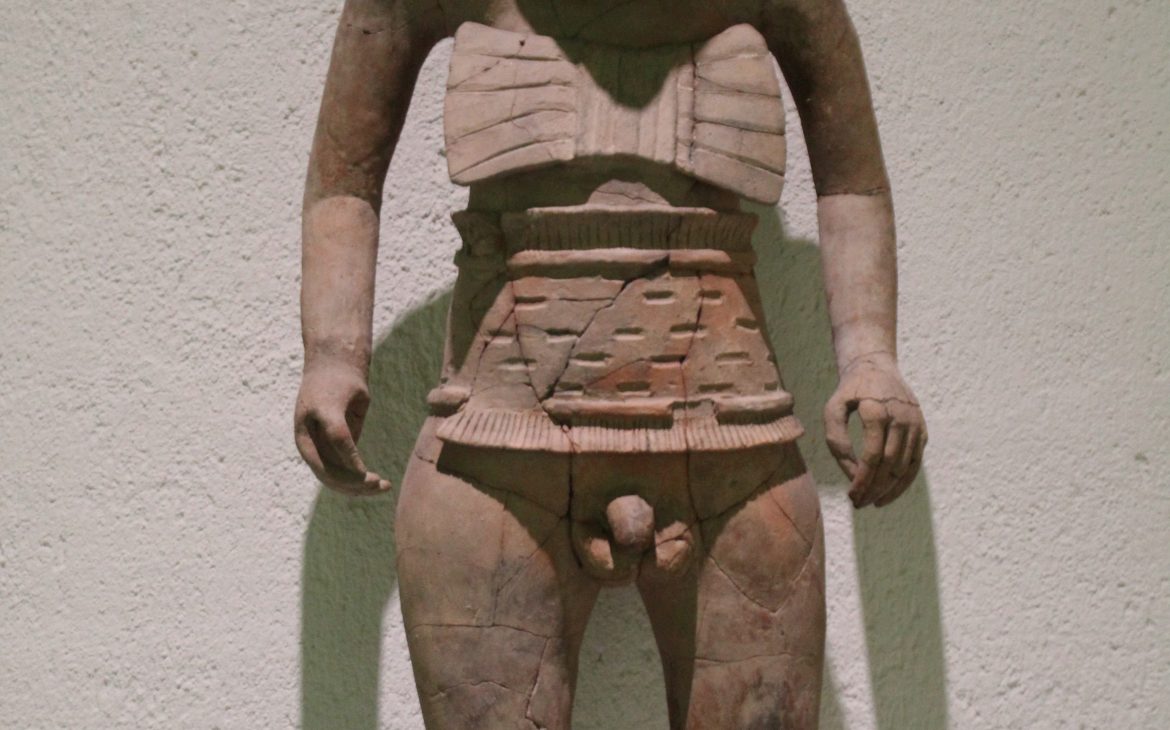
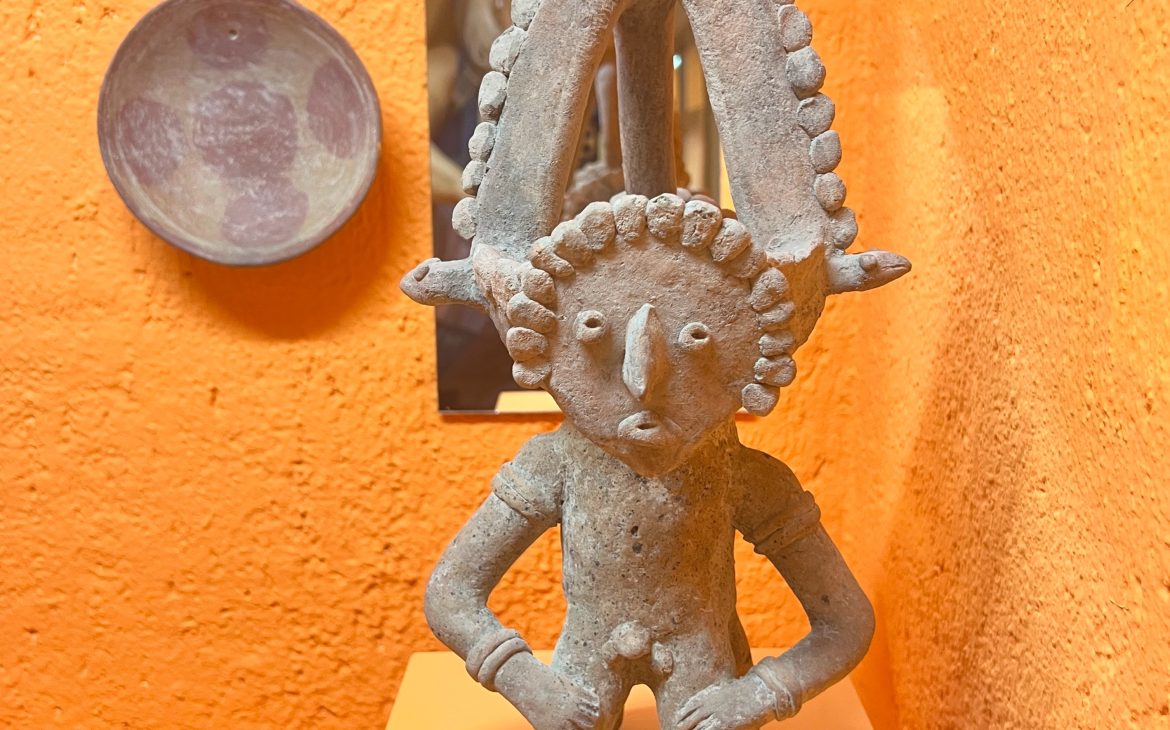
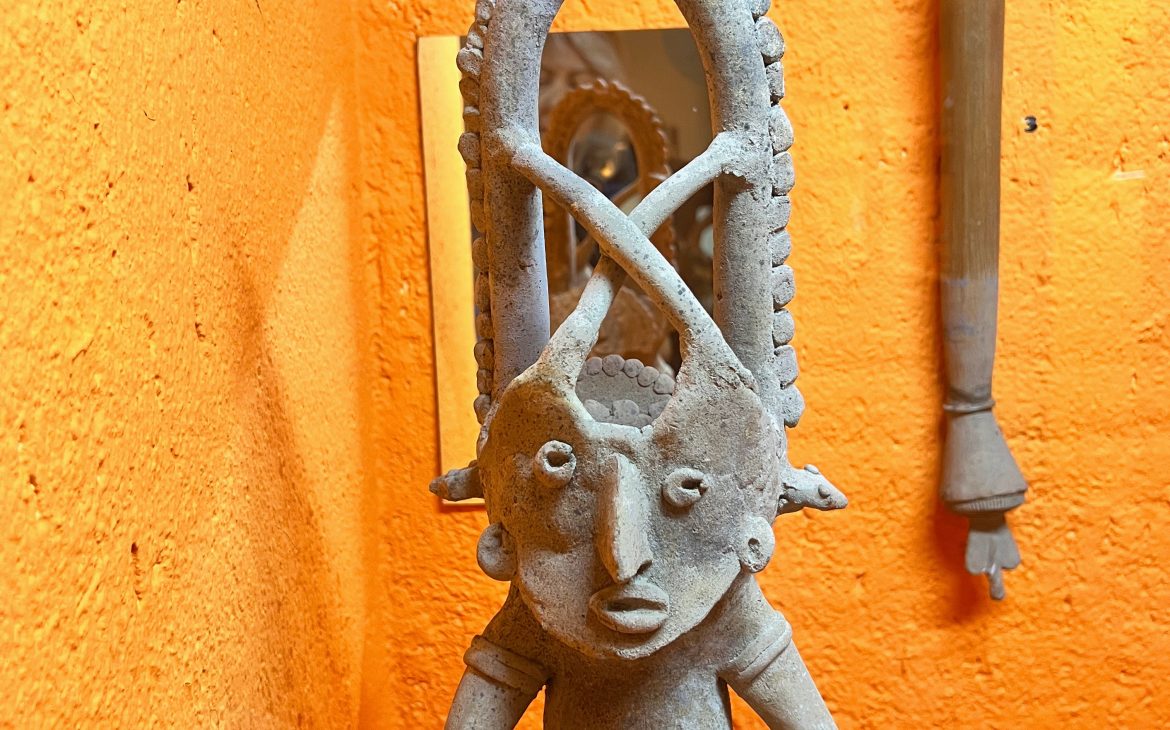
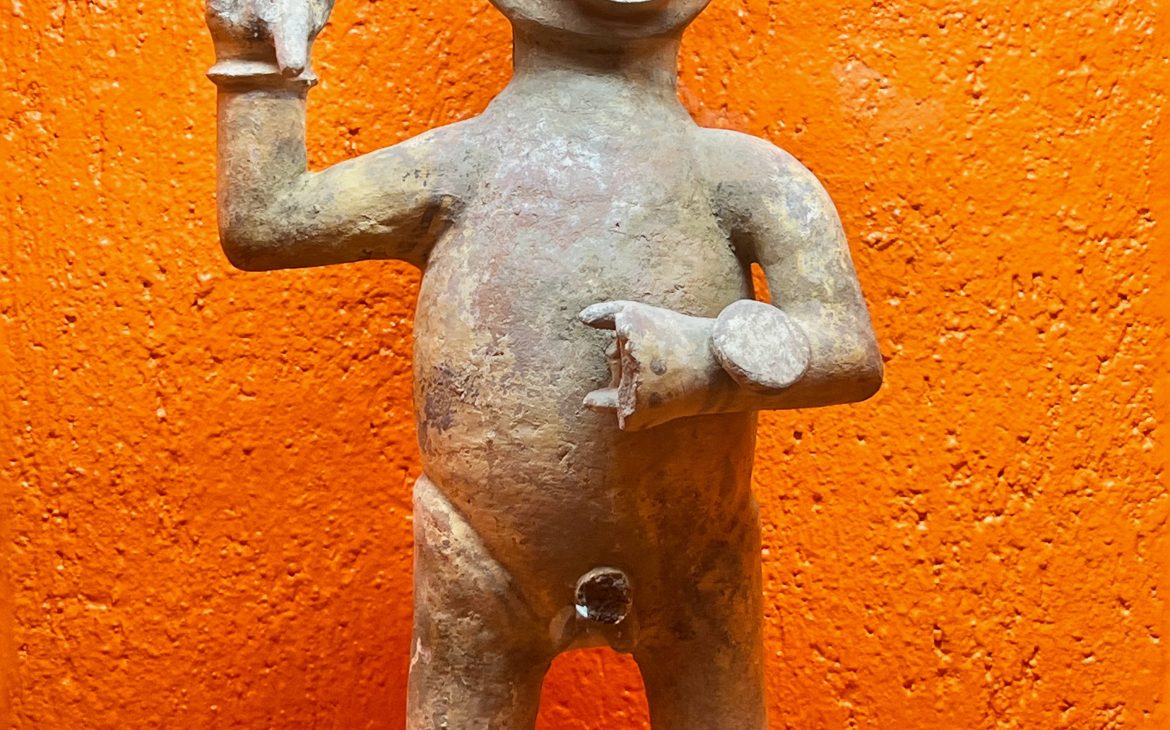
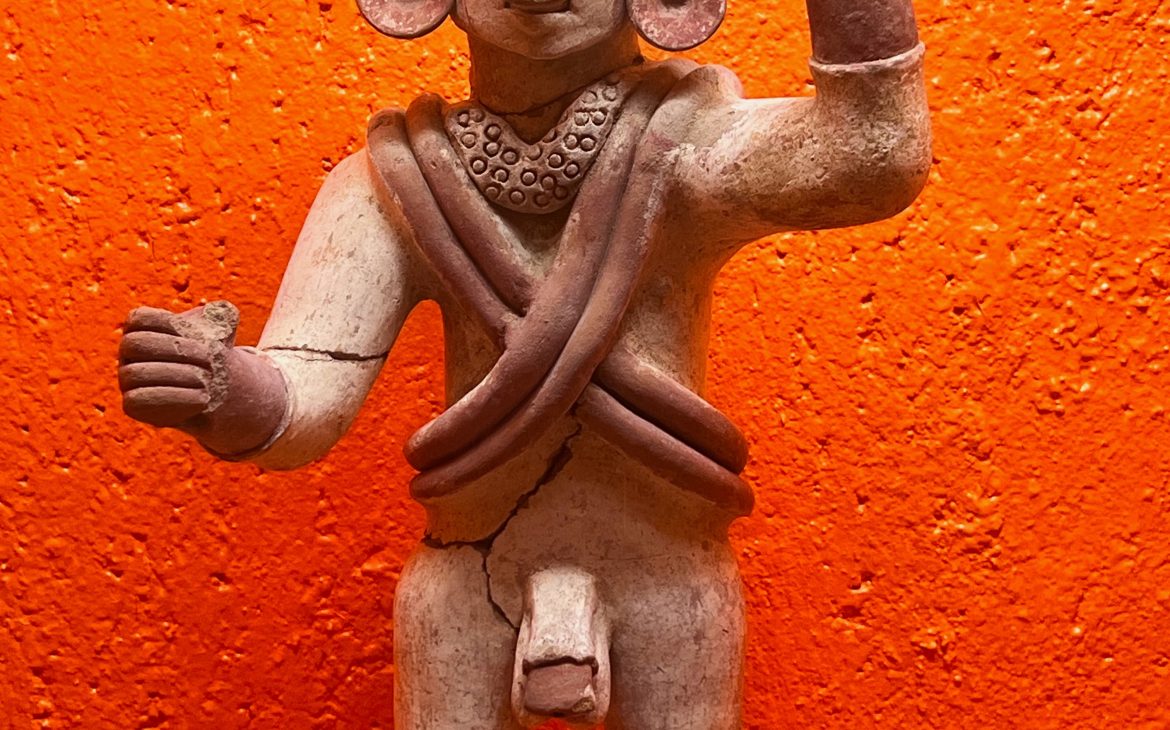
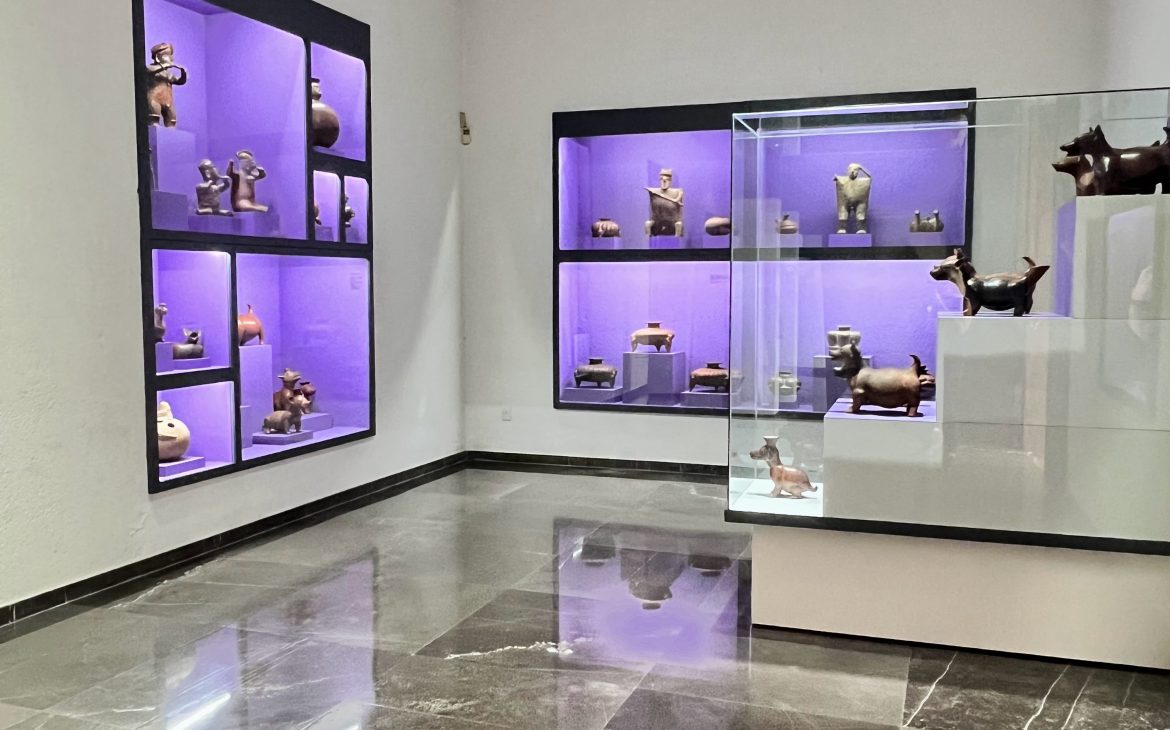
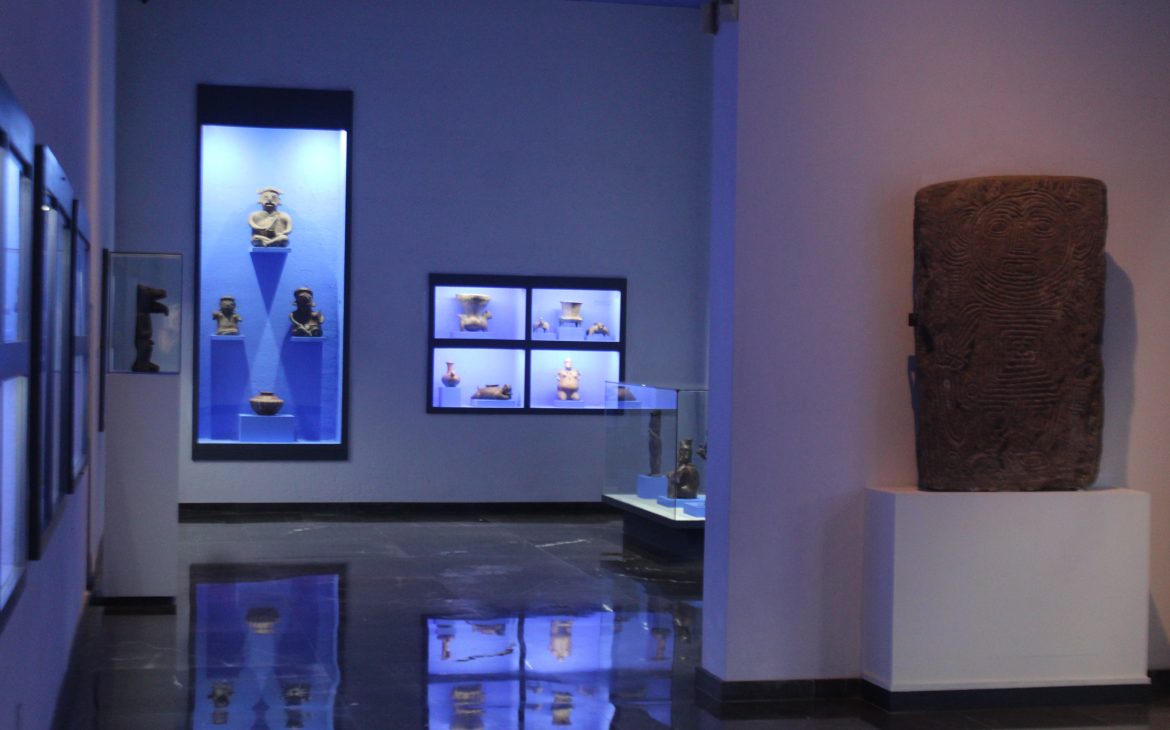
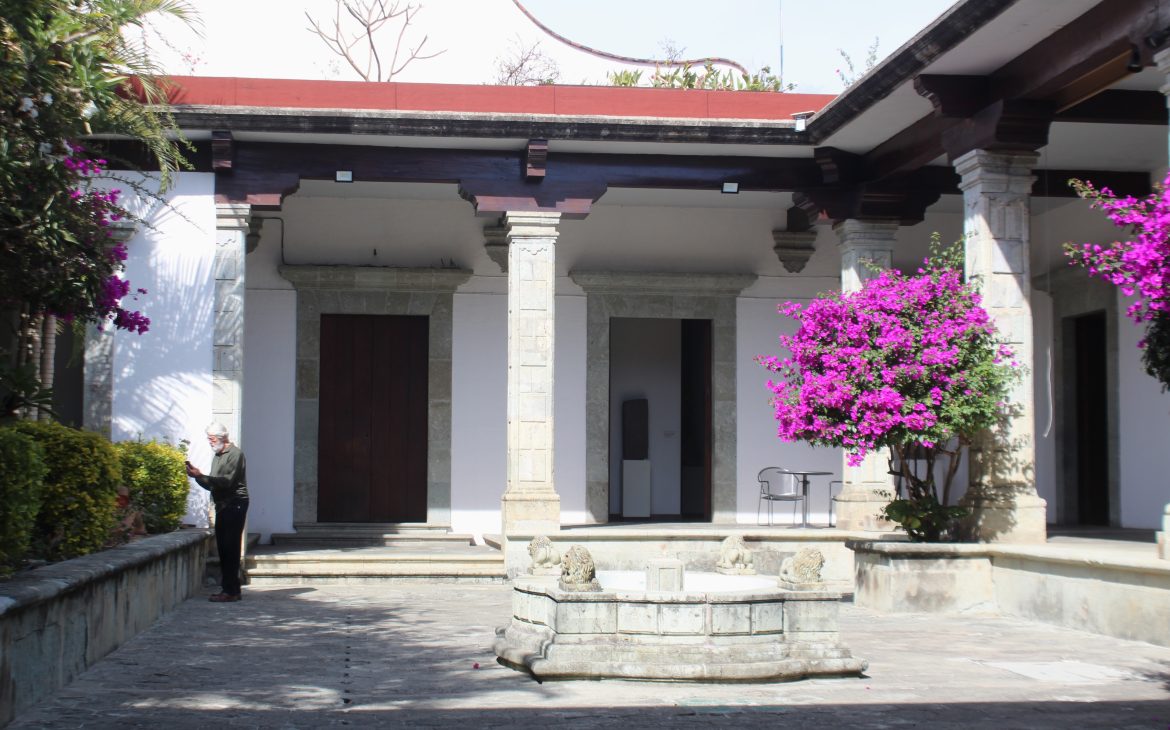
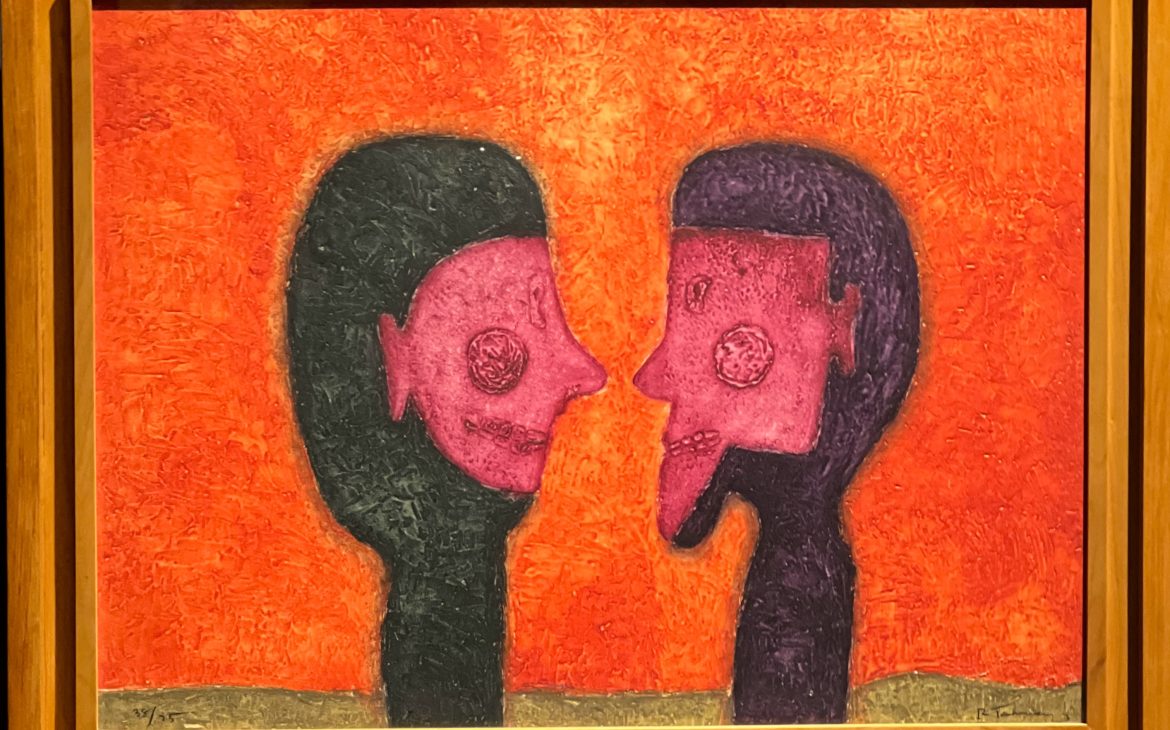
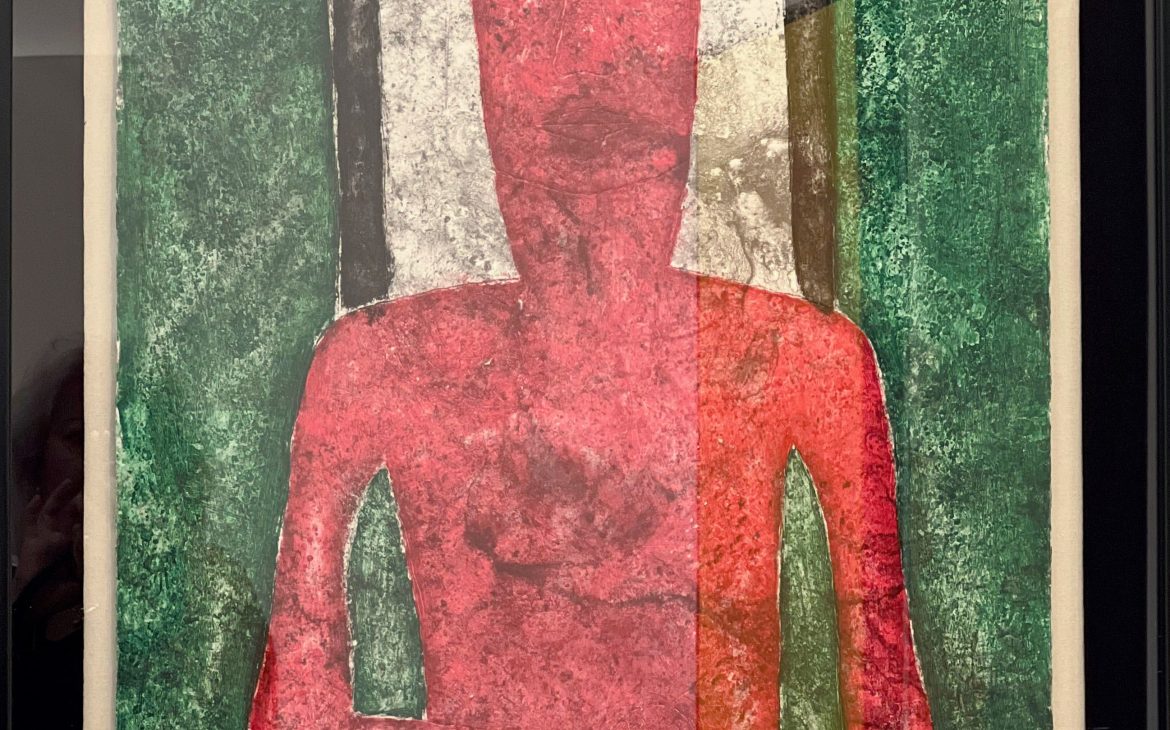
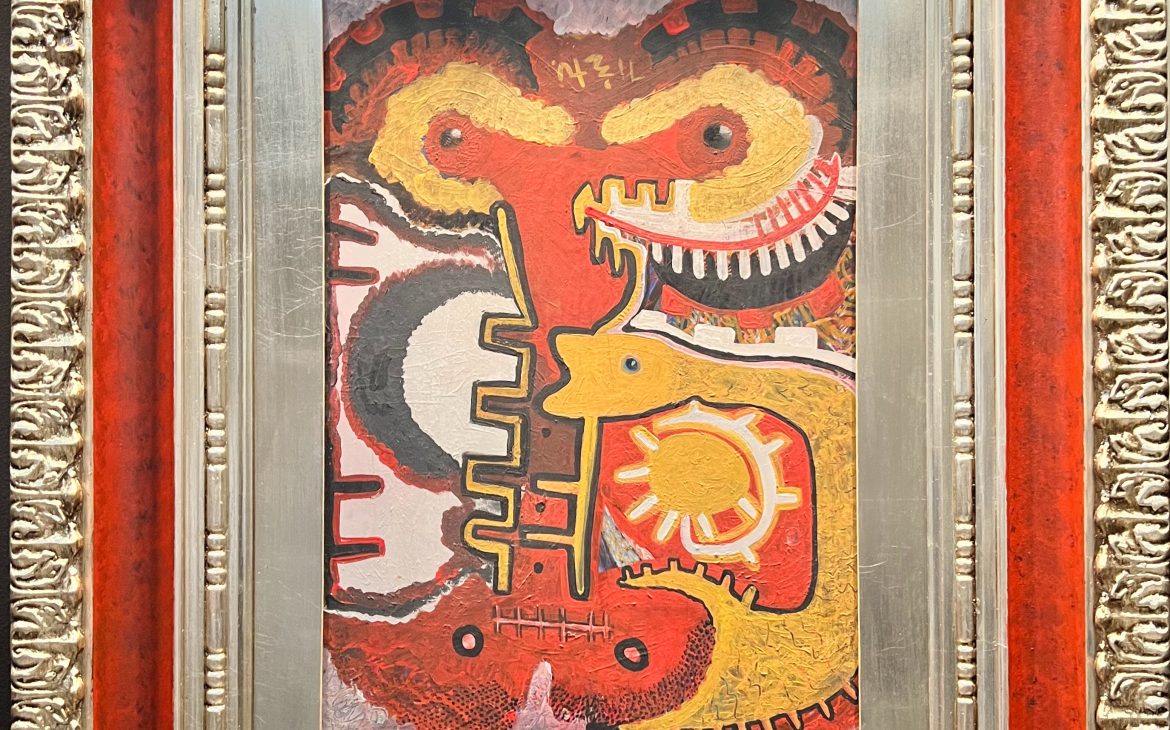
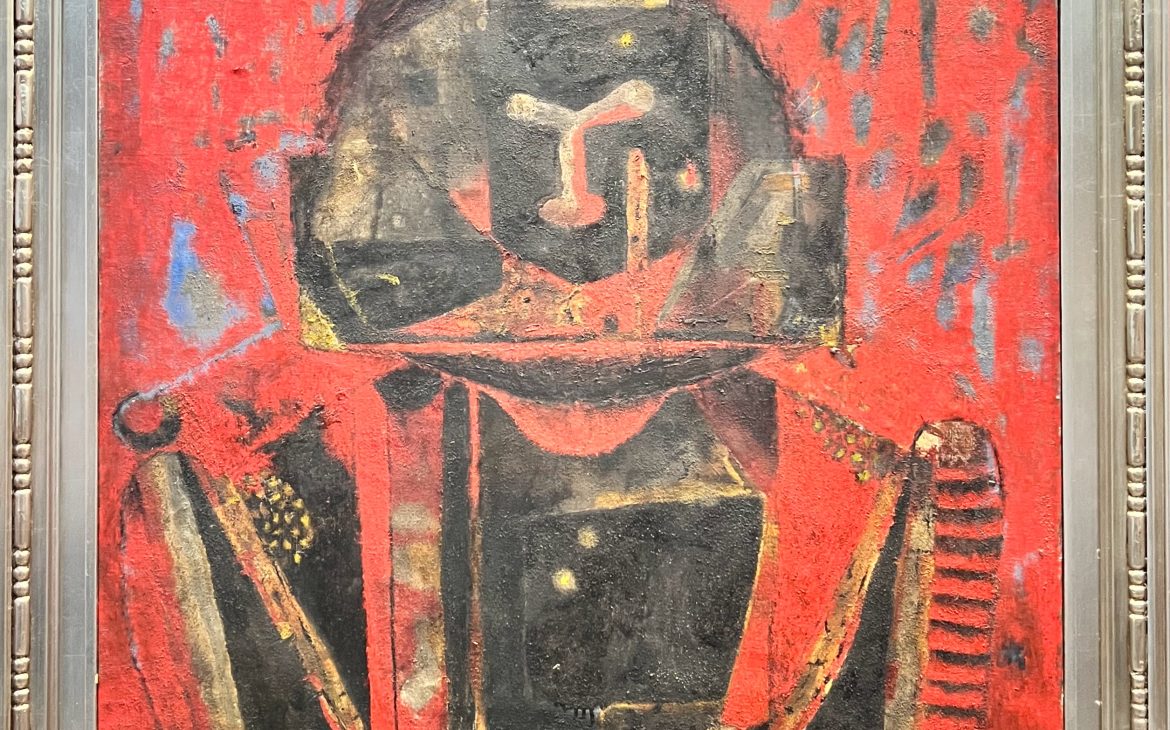
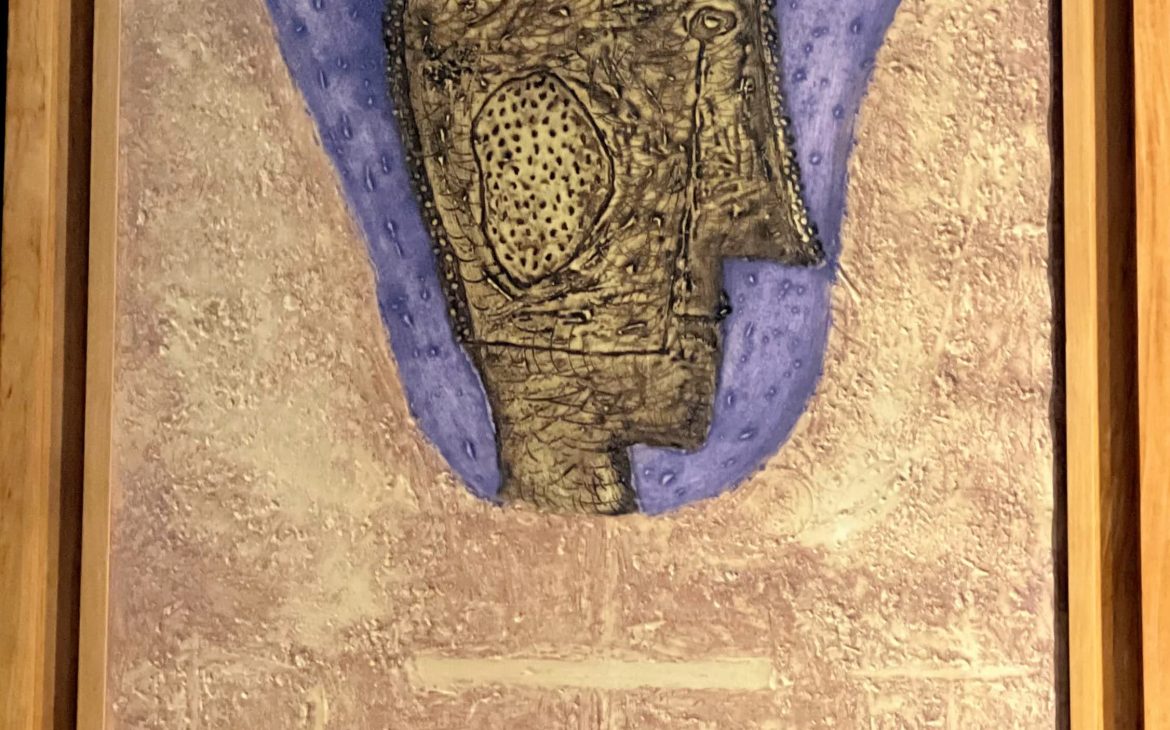
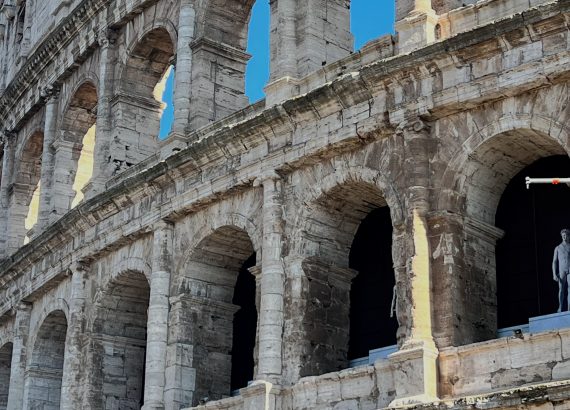
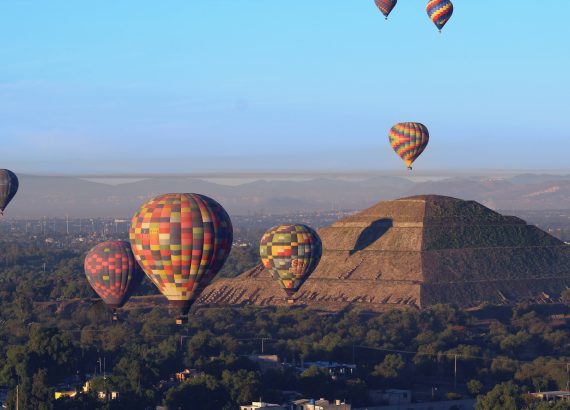
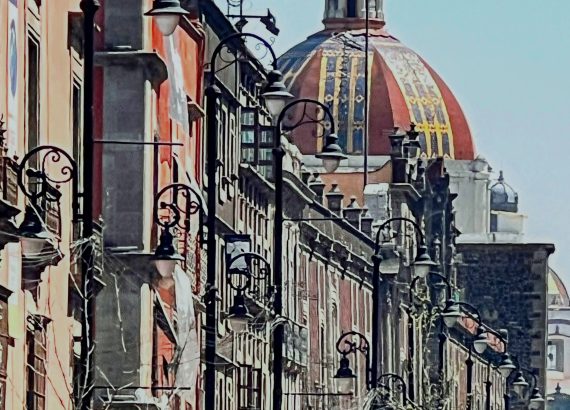

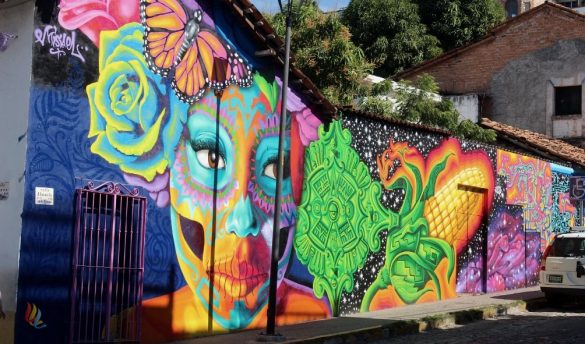
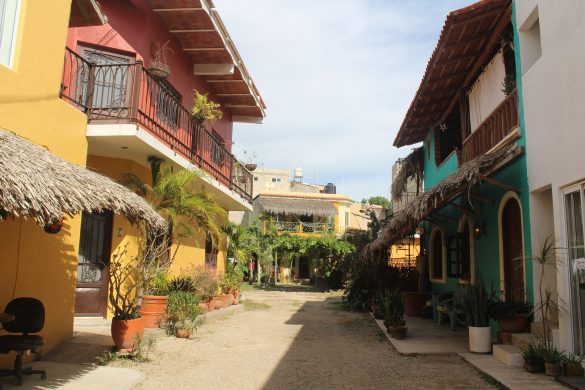
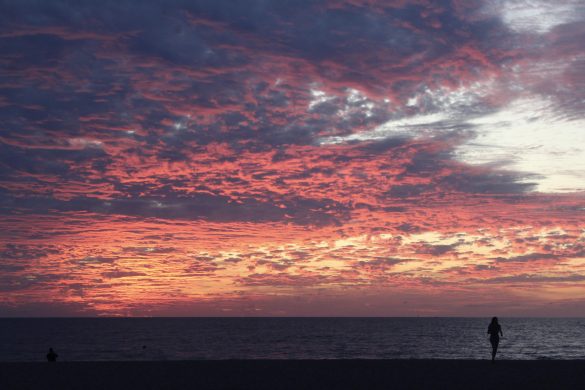
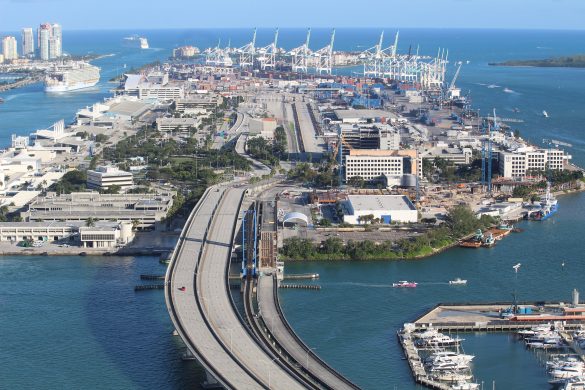
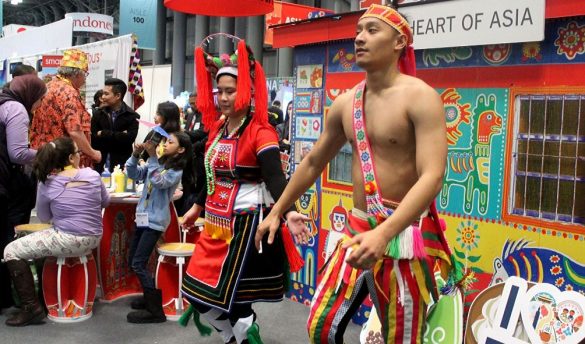

No Comments